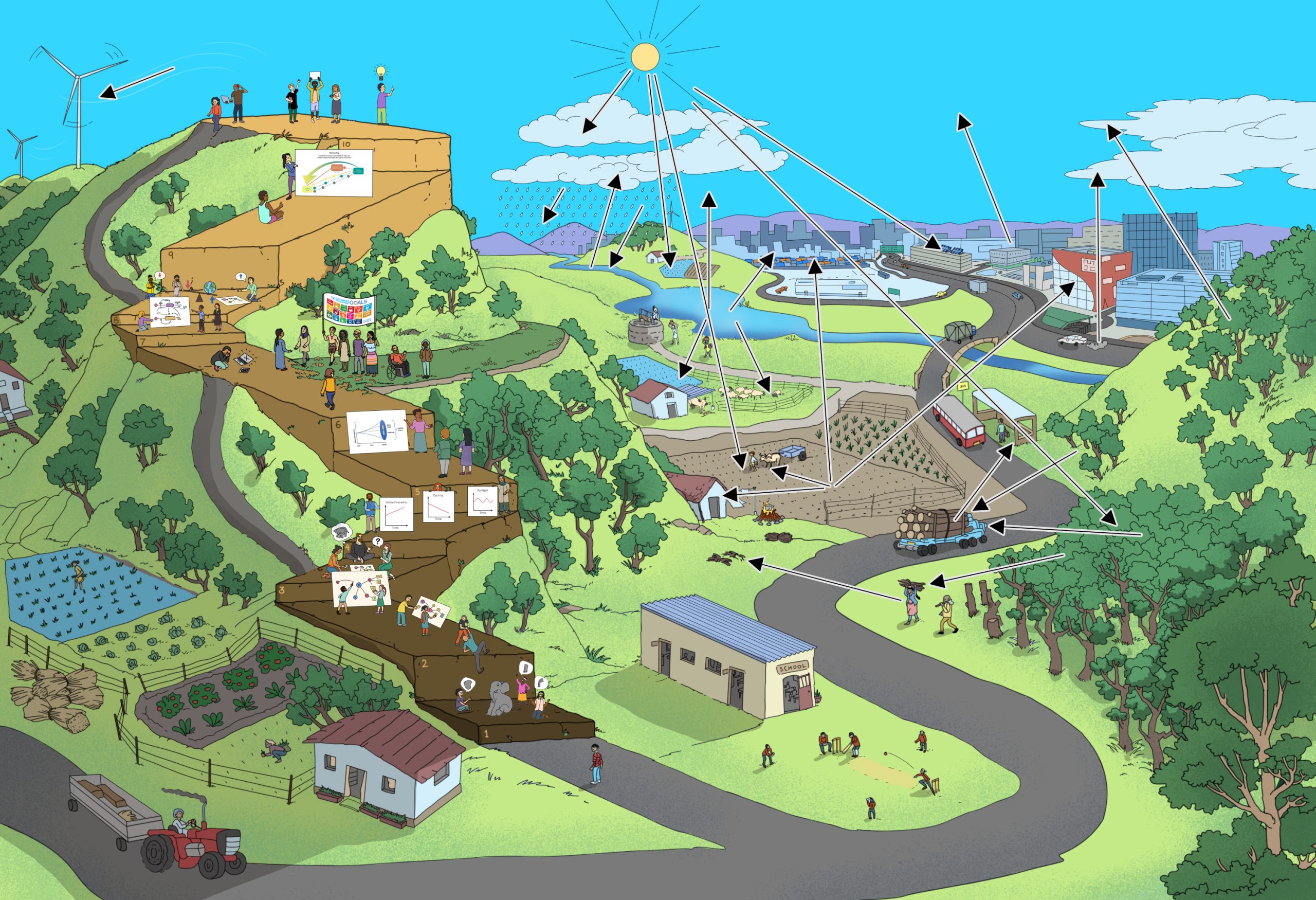Forewords

Anita Reddy
Head of Division for Education Programs
Engagement Global, Germany

Nicola Fürst-Schuhmacher
Head of Department for Formal Education
Engagement Global, Germany
Learning for a better future – This slogan highlights the imperative of constant evolution of teaching and learning approaches as our actions today impact a complex web of developments in the future. In recent decades and in the present time, new approaches must be developed to address the challenges of our times. A focus on sustainable development is essential to ensure a healthy and liveable planet, which is why the achievement of the 17 Sustainable Development Goals (SDG) and the implementation of the Agenda 2030 are essential.
Through successfully converting the concept of sustainability into a central narrative in more and more spheres of society in several countries, “Education for Sustainable Development” (ESD) has gained broader attention and importance. ESD is defined as an explicit field of action in SDG 4.7 and refers to the implementation of an educational practise that aims to ensure that everyone has the opportunity to contribute to a sustainable future through certain knowledge and competencies. To achieve a positive impact, UNESCO (2017) identified eight key competencies of ESD, which each of us should master to be truly able to contribute to change. One of those is the systems thinking competency.
The complexity and interconnectedness of the issues related to global sustainable development require the adoption and inculcation of this competence. It can be understood as “the abilities to recognise and understand relationships; to analyze complex systems; to think of how systems are embedded within different domains and different scales; and to deal with uncertainty” (UNESCO 2017, p.10).
But how can teachers be supported in adopting systems thinking approaches as a key element of ESD? How can global challenges such as climate change or health and economic crisis be enlaced with local issues regarding the school itself? And how can teachers motivate students to actively participate in the implementation of solution strategies? Since a holistic and future-oriented approach is central to ESD, it is important to start not only in single subjects within school education but also to learn how to transform the learning environment in and around schools. To date, there are only a few publications that explicitly apply the approach of systems thinking to the teaching of Education for Sustainable Development. For this reason, this manual provides teachers with didactic-methodological strategies for transmitting and strengthening competencies for dealing with complexity.
We would like to invite you to walk the branching paths of systems thinking with your students. This manual can be understood as a trekking map of this path, which must be explored step by step. Therefore, it contains a theoretical guideline of ten steps (competencies) that build on each other and are accompanied by two illustrative examples. These, as well as the tools from the pool of methods provided, can be adapted and adopted in your individual teaching context.
We would like to invite you to walk the branching paths of systems thinking with your students. This manual can be understood as a trekking map of this path, which must be explored step by step. Therefore, it contains a theoretical guideline of ten steps (competencies) that build on each other and are accompanied by two illustrative examples. These, as well as the tools from the pool of methods provided, can be adapted and adopted in your individual teaching context.
Finally, we would like to express our sincere gratitude to the authors of the ESD Expert Net for creating this comprehensive teaching resource.
Yours
Anita Reddy
Head of Division for Education Programs
Engagement Global, Germany
Nicola Fürst-Schuhmacher
Head of Department for Formal Education

